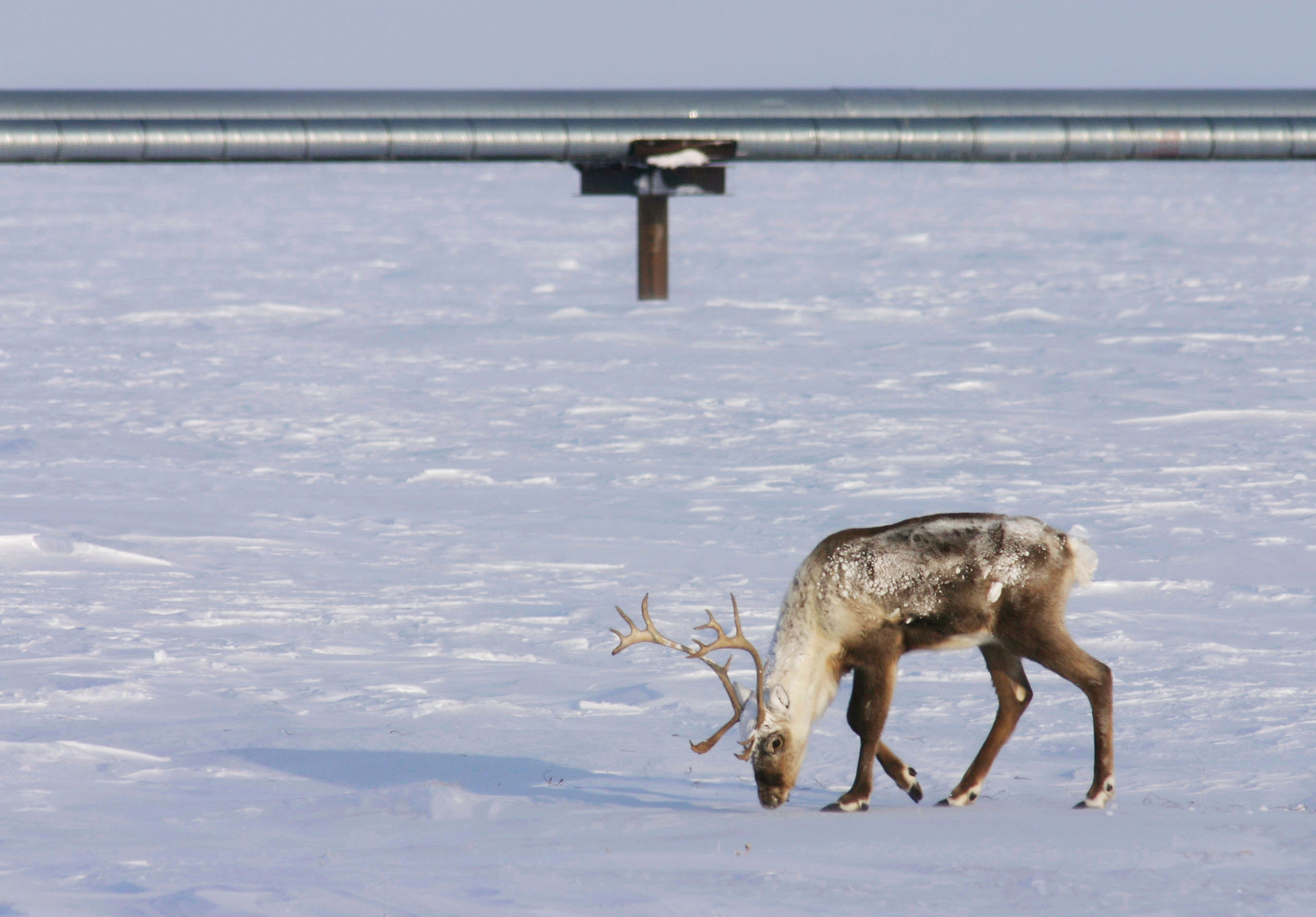Beginning in late fall 2014 and lasting into 2016, an anomalous, massive marine heatwave nicknamed “the Blob” developed off the western coast of the U.S., covering all of Alaska‘s coastwater and extending as far south as Southern California, raising ocean temperatures by several degrees Celsius.
The Blob had an extreme effect on Alaska in particular. According to a study released Thursday, it resulted in the deaths of roughly four million common murres — one of Alaska’s most prominent seabirds — representing a decline of more than half of the state’s entire population.
“We’ve never seen a bird die-off nearly this big — or really any non-fish vertebrate,” Heather Renner, a Fish and Wildlife Service supervisory wildlife biologist at Alaska Maritime National Wildlife Refuge and first study author, said in a video interview.
The team kept track of murre populations across 13 breeding colonies and over three distinct periods: pre-heatwave (2008-2014), heatwave (2014-2016) and post-heatwave (2017-2022), to measure population trends.

During the murre’s annual breeding season, Renner explained, the researchers — equipped with binoculars or spotting scopes and a tally counter — spent long days, often in the cold and fog, observing the birds’ populations in dense breeding colonies from afar, whether they watched while perched on an adjacent cliffside or wading in a small boat.
“During and immediately after the heatwave,” Renner wrote in an email, “many murres didn’t nest as they normally do. They would show up on the cliffs one day and another day nobody would be there.” She added, “In 2015 and 2016, there were a number of colonies that had complete reproductive failure.”
“Immediately after the heatwave, we knew there had been a tremendous loss, but we weren’t sure how much was due to birds dying or alternatively whether they were just skipping breeding because conditions were tough,” she added. “We had to wait several years for the birds to come back and resume breeding before we could be sure of the extent of the die-off.”

The study authors wrote that the heatwave had an enormous effect on key habitat-forming species, like corals and kelps, which triggered cascading bottom-up harm toward the top of the food chain.
Common murres rely on fish as a food source, but the fish they normally prey on were largely absent due to the cascading effects of the heatwave, making the most likely cause of the die-off a mass-starvation event.
Most of the birds died during the winter months, Renner said, and although we don’t know exactly what the murres eat in the winter, it’s likely a combination of forage fish, juvenile pollock and krill.
“We know that many of the forage fish populations also collapsed at the time, and not just the numbers. They they were smaller at the same age, they [had] lower fat contents, their distributions changed,” she said. “Another important part of it is that fish are cold blooded, and when the waters warm, their metabolism increases. And so a lot of the bigger fish that are competitors with seabirds had higher metabolisms and needed to eat more. So there’s extra pressure on prey.”
At the same time, the prey fish themselves, with their high metabolisms, struggled to find enough food, which reduced energy flow to predators. With increased competition and less total food, the murres’ beaching rate — the rate at which their carcasses washed up on beaches — was “one to three orders of magnitude above baseline for nine consecutive months,” which all appear to be major contributing factors to what the authors believe to be the “largest mortality event of any wildlife species reported during the modern era.”
Despite having plenty of time, the murres’ population has not begun to recover, but the cause is unclear, Renner said. One hypothesis is that with severely smaller colonies, it’s harder to defend against predators, like apex predator eagles or seagulls that take their eggs.

Renner said that on top of long-term monitoring data that shows which species are vulnerable, conservation measures like removing predators introduced to their colonies could be a huge boon to their reproduction rates.
The study authors also warn that marine heatwaves are “increasing in frequency, duration, and magnitude in lockstep with global warming and at a pace that threatens the response rates of seabird communities.”
“We suggest that the rapid and long-lasting decline of an abundant and widespread upper trophic predator, to less than half of its former population size in Alaska, may signal a new threshold of response to global warming,” the authors concluded.

This article by Michael Riojas was first published by EcoWatch on 17 December 2024. Lead Image: Common murres clustered together on a cliff ledge at Alaska Maritime National Wildlife Refuge on July 30, 2019. Brie Drummond / USFWS.
What you can do
Help to save wildlife by donating as little as $1 – It only takes a minute.







Leave a Reply